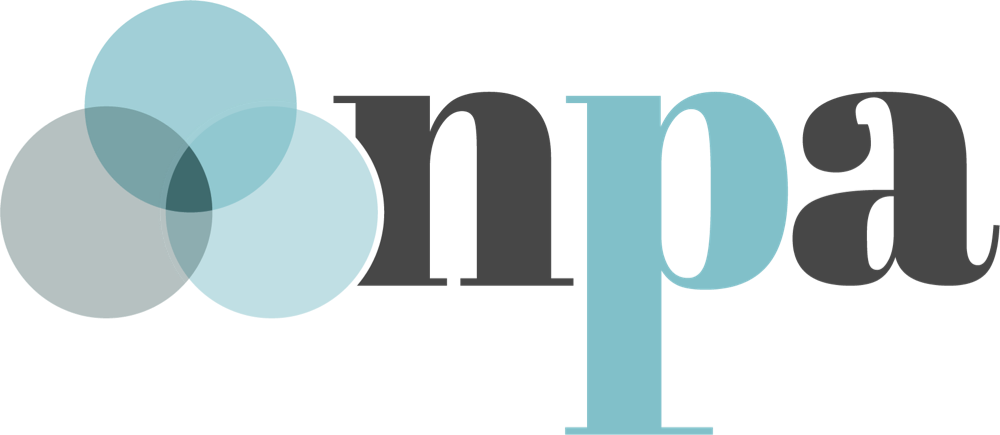How to talk about product innovation
This article was produced as part of the NPA Summit 2023 student newsroom. Learn more about this year’s students and the event.
Communicating your innovative ideas and products to other people can be difficult and confusing. The best way to speak to stakeholders and customers about the integration of your product into a news organization is to give clear and concise messages customized to each stakeholder group.
Rebekah Monson, co-founder and COO of Letterhead, and Bruce Pinchbeck, co-founder of Letterhead, hosted the master class “Lost in Translation: How to navigate the choppy waters of product innovation communication,” during the News Product Alliance 2023 Summit.
Monsoon and Pinchbeck shared how stakeholder mapping, product briefs and communication has helped them avoid confusion, promote understanding and inspire collaboration when proposing product innovation initiatives.
Here are the highlights of the master class.
Product Briefs
Preemptively answering questions about your product before they are asked will limit repetitive or confusing communication.
A thorough product brief helps everyone remain on the same page. Briefs introduce your product using confident and definitive language on what is included.
A product brief should include the context of your product and a timeline of product development and implementation. The context will include why your product is valuable and what need it is responding to. This need can be shown through a customer story, which shows the frustrations of a customer that your product will solve.
Monson shared a template brief with everyone, and suggested searching for other templates online.
Stakeholder Mapping
When introducing or integrating a new product into an organization, create a stakeholder map illustrating who needs to be consulted for approval (executives), who will be monitoring the process and needs to be informed of progress (partners), whose expectations you need to manage (power customers and engineers) and who you will consult for insight (sales teams and casual users).
These stakeholders can be broken down into individual categories of promoters, undecideds and detractors: Promoters are those who actively support your product; undecideds are neutral and don’t actively support or undermine your product; detractors actively contradict your progress, which can be seen as negative gossip, being uncooperative or argumentative.
Pinchbeck emphasized how categorizing these stakeholders will help you plan how to communicate with everyone as your product integration progresses.
Internal communication
Internal communication will take place with stakeholders within the organization and those that have direct interaction with the integration process. This includes employees and individuals who are helping integrate the product.
To keep everyone on the same page, create shareable roadmaps that are updated with every event, success and failure specific for each internal stakeholder group. List specific deadlines and process stages and ensure everyone knows about them.
While telling everyone about deadlines and goals keeps the process moving, it is also incredibly important to create space to listen to individuals and groups other than yourself. This can be through brainstorm sessions or direct discussion.
Customer Communication
Customers will not need the same exact communication that employees will need.
Although both parties need to be updated about progress made, customers will need more brief and less technical updates that focus on the things they actually care about. Use less frequent, but still regular, messages that make the customers feel important and create a space for them to share their thoughts.
Customer communication can be conducted through surveys, interviews or a large-scale town hall meeting. Each of these can vary in size and quality. Surveys are sets of specific questions sent to each customer. Interviews can be one-on-one or done with a group of customers. Town hall meetings will allow a large group to voice their thoughts directly to you or your team.
Storytelling
Communicating your product may look different depending on who your audience is. You’ll use less jargon with customers, and more technical language with engineers or support teams. Before addressing specific audiences, use the following storytelling elements to create a base explanation of your product.
Do not get into the weeds too early. Focus on the overall parameters of your product before getting into the small details and provide information that supports the long term vision.
Do not overgeneralize without giving concrete details. Using statistics or supported evidence to any claims or plans for your product will lead your audience to believe in both you and your product.
Do not skim over technical complexity. The same way concrete details will support your product communication, using details about your product progress without using terms such as “simple,” “easy” or “just” will make your product sound more likely to succeed.
Do not lead with failures or what couldn’t be done in time. Although it is important to keep stakeholders aware of any setbacks, it is more productive to focus on your wins.. Monson said it is important to focus on what has been completed and “cheerlead your team” in order to keep up morale and encourage continued positive progress.
Presenting your product to other people can be difficult, but effective and clear communication will lead to an easier adoption for both you and your stakeholders. Know your audience and inform them based on their proximity to your product. Allow everyone access to roadmaps and summaries of your progress in order to support awareness for your stakeholders.
As an example of how to help a small team as they try to build a CMS from scratch, Monson suggested using a story mapping tool.
“If we're really being super honest about how we map stories and getting people to use the same process there, it becomes a lot easier to break things down.”


